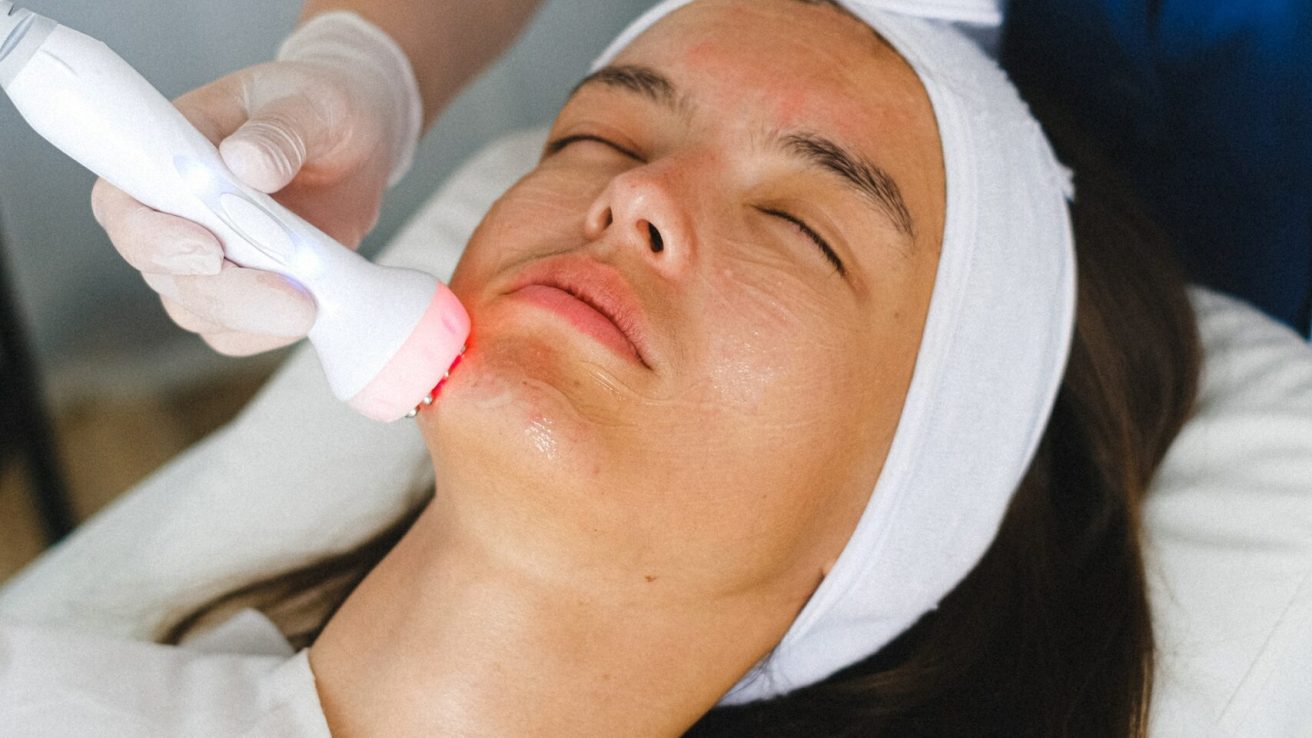Various vitiligo treatment options are available, from medical solutions, like topical corticosteroids and light therapy, to alternative approaches, such as herbal remedies and mind-body therapies. Learn about approaches tailored to your needs while you strive toward better skin health.
- Topical corticosteroids and calcineurin inhibitors are commonly used medical treatments for vitiligo, while light therapy and microneedling are also effective.
- Alternative approaches include herbal and natural remedies, diet and lifestyle changes, and mind–body therapies, like meditation and yoga.
- It’s important to find the right approach for you and consult with a healthcare provider before starting any new treatment.
While there isn’t a cure yet, there is an array of both medical and alternative treatment options to consider. If you’re looking for the best treatment option, know you’re not alone. Around 70 million people worldwide live with vitiligo [1]. Although its symptoms can be disconcerting, there are various treatments available.
Medical Treatments
- Topical Corticosteroids
You might have heard about corticosteroid creams and ointments, as they’re commonly used as the first go-to treatment for vitiligo. They work by easing inflammation, which can help your skin regain its pigment. But remember, moderation is key. Using corticosteroids for too long can lead to side effects, like thinning of the skin. So, always follow your doctor’s advice on how to use them safely [2].
- Calcineurin Inhibitors
These topical treatments, like tacrolimus and pimecrolimus, can be quite helpful in treating vitiligo, especially on your face and neck. They work by slowing down the activity of your immune system, which allows your skin to regain its pigment. They’re considered safe and effective options, particularly for facial vitiligo [2].
- Light Therapy
Have you ever considered giving phototherapy? Also known as light therapy, this treatment exposes your skin to just the right amount of ultraviolet light. The goal is to give pigment-producing cells (melanocytes) a nudge, encouraging them to bring some color back to your skin [3]. Combining light therapy with other treatments can make it even more effective.
- Microneedling
Now here’s an interesting treatment you might not have heard of – microneedling! It uses a small device covered in tiny needles to create small, harmless injuries on your skin. This technique is believed to increase the production of melanocytes, encouraging your skin to regain its beautiful, natural pigment [4].
Alternative Approaches
- Herbal and Natural Remedies
Some people turn to herbal and natural remedies like ginkgo biloba, black cumin seed oil, and turmeric to support their vitiligo treatment. While scientific evidence is limited, these remedies may provide some benefits when used alongside conventional treatments.
- Diet and Lifestyle
Let’s not forget the power of a good, balanced diet. Filling your plate with vitamins and antioxidants does wonders for your skin’s overall health. But that’s not all – taking a breather with relaxation techniques and getting your body moving through exercise can boost your well-being.
- Mind–Body Therapies
Ever thought about giving meditation, yoga, or acupuncture a go? These amazing techniques can really help with the emotional roller coaster that comes with vitiligo. Plus, they’ll boost your sense of well-being, which just might make your treatment journey smoother and more effective.
Takeaway
Exploring the wide range of vitiligo treatment options, both medical and alternative, can be an empowering experience. Remember, it’s all about finding the right approach for you, and it may take some trial and error. Always consult with your healthcare provider before starting any new treatment, and don’t be afraid to ask questions or seek additional support.
Sources:
- Vitiligo Facts. (n.d.). https://globalvitiligofoundation.org/vitiligo-facts/
- Borderé, A. C. (2009). Current and emerging therapy for the management of vitiligo. PubMed Central (PMC). https://www.ncbi.nlm.nih.gov/pmc/articles/PMC3047938/
- Phototherapy & Laser Treatment for Vitiligo. (n.d.). NYU Langone Health. https://nyulangone.org/conditions/vitiligo/treatments/phototherapy-laser-treatment-for-vitiligo
- A Study to Evaluate the Efficacy of Microneedling as a Stand-alone Treatment for Vitiligo – Full Text View – ClinicalTrials.gov. (n.d.). https://clinicaltrials.gov/ct2/show/NCT05053022









